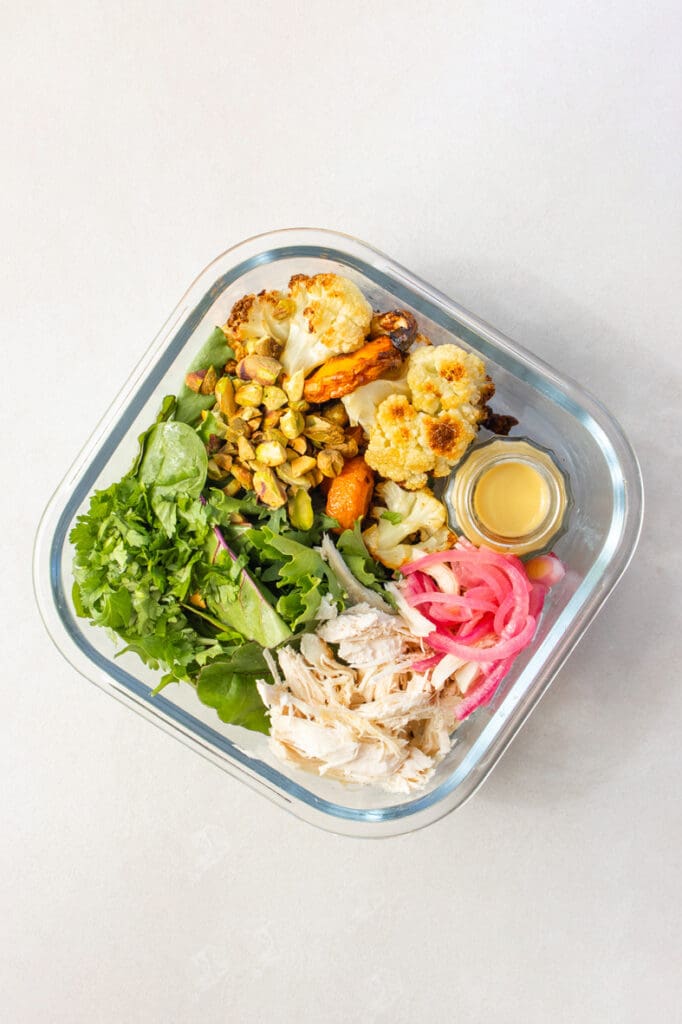Out-of-season produce on our supermarket shelves are usually imported from overseas or grown in artificial environments for the effective growth and ripening of fruits and veggies. For something to stay “fresh” in transit there are unfortunately a lot of chemicals used in order for it to last the journey overseas and still look appetising once it hits the supermarket shelves.
Imported produce also tends to harbour pesticide residues, as they must all be treated to ensure no pests enter past the borders. These chemicals and pesticides are all relatively new in the scheme of things, and there is a lot of research as to how they can affect reproduction, immune and nervous systems in humans, as well as be potentially carcinogenic (cancer causing).
When produce is harvested, the nutrient breakdown begins as it stops being “fed” from the soil. This means Imported fruits and vegetables which sit in transit for a longer duration than local produce, lose a lot of Vitamin B and C (these are “water soluble” vitamins) from the exposure to light and air and improper storage. Luckily the “fat-soluble” vitamins like E, A and K, plus calcium and iron usually last the journey, but without the Vitamin C, these can be difficult for the body to absorb.
When we choose to eat seasonally, which usually means locally sourced, we are eating a wide range of fruits and vegetables and incorporating a diverse range of vitamins, minerals and phytonutrients in our diets. Going to your local farmer’s markets is a great way to visually see what is in season, as well as support growers and farmers directly- plus get a few sneaky free taste testers!
At Assortment we encourage you to shop and cook with the seasons for your wallet, health and the planet. You’d be surprised at how often you can swap out different vegetables in recipes if they aren’t in season.
Below is a rough guide to when some of our favourite vegetables are in season in New Zealand.
Veggies like cauliflower, broccoli, potatoes, kumura, onion and carrots are pretty much available all year round as they are more robust and can withstand cold, harsh weather.
Summer: December – February
Summer has some delicious fresh offerings like tomato, cucumber, zucchini and capsicum and is a great time to fire up the BBQ.
It’s also the perfect time for a Mexican fiesta – using tomatoes for a fresh salsa, avocados for guac and charring sweet corn on the BBQ with lime and goats cheese.
Autumn: March – May
We think the best part about autumn is brussels! Best served roasted. We love them roasted with miso paste, butter and honey.
Leeks and fennel also start to make an appearance and are delicious braised with lemon and chickpeas.
Winter: June – August
As it starts to get cold you’re most likely going to crave warming meals like soups and slow cooked dishes. Root vegetables like pumpkin, parsnip, yams, kumara and potatoes are perfect to add to these dishes as well as some robust leafy greens like kale and silverbeet.
Spring: September – November
Some of our favourite vegetables are available at this time. Asparagus, eggplant and courgettes.
Asparagus has a short season so be sure to make the most of them! We like to keep it simple and just sauteè with butter and flaky sea salt.






